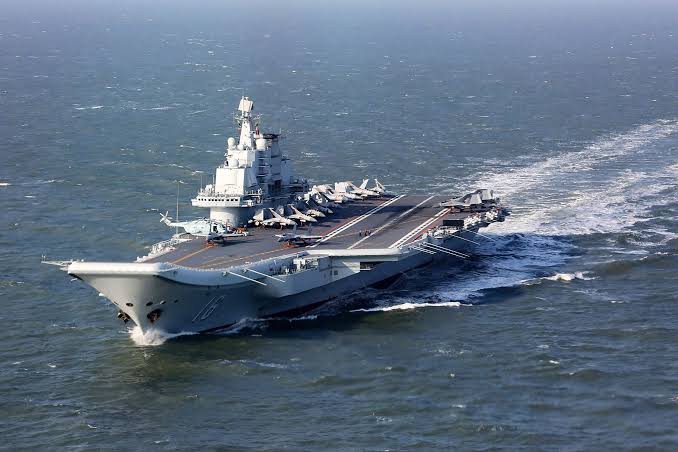China’s next aircraft carrier ‘likely nuclear powered’: Report

China is building its fourth plane carrying warship as it looks to help its maritime force in the Asia-Pacific area, and the vessel is “liable to be atomic controlled”, another report uncovered on Saturday, refering to sources near nation’s military.
The South China Morning Post cited an individual near the Chinese naval force as saying that shipbuilders “are excited about making a huge advancement” with the development of the fourth transporter.
“It will be a mechanical jump for the shipbuilding business,” the source told the Post.
Another anonymous source additionally told the distribution that Chinese authorities are contemplating a proposition “to utilize atomic force for the fourth transporter”.
The individual didn’t say if an official choice was made, however told the Post it would be “an exceptionally striking choice that is brimming with difficulties.”
Development of the fourth boat, which has effectively been postponed for a very long time, continued recently.
At present, there are two Chinese plane carrying warships previously working and a third one that is required to be dispatched for the current year – none of have atomic ability.
It was distinctly in 2017 when China dispatched its first locally made plane carrying warship, in a show of the developing specialized complexity of its guard businesses.
The 50,000-ton transporter, known as Shandong, depends on the Soviet Kuznetsov-class plan, with a ski bounce style deck for taking off and a traditional oil-fuelled steam turbine power plant.
The other vessel in activity is the 60,000-ton Liaoning plane carrying warship, which was bought from Ukraine.
The third one, expected to be in activity this year, has an expected uprooting of around 85,000 tons, as indicated by the Post report.
It was accounted for in 2017 that China was at that point fabricating a vessel at a shipyard outside Shanghai that is relied upon to be nearer in size to the US Navy’s atomic controlled 100,000-ton Nimitz-class ships, with level flight decks and slings to permit planes to dispatch with more bombs and fuel ready.
Beside the two plane carrying warship in activity, China as of now has in its arms stockpile over twelve atomic controlled submarines.
China is attempting to sharpen its transporter activities however has little experience contrasted with the United States, which has worked coordinated transporter fight bunches with various vessels for quite a long time.
China guarantees practically all the energy-rich waters of the South China Sea, where it has set up military stations on counterfeit islands.
That case has been proclaimed as without lawful premise by the International Court of Arbitration at The Hague. China wouldn’t take part for the situation and later excused the decision as “invalid and void”.
Since the court administering, strains have been developing further, with the US and its partners expanding the quantity of its maritime activities and watches in the South China Sea, stating opportunity of route in vast oceans, to the shame of Beijing.
The United States consistently blames China for mobilizing the South China Sea and attempting to scare Asian neighbors who should misuse its broad oil and gas holds.
In January, Beijing likewise passed a law that interestingly expressly permitted its coastguard to fire on unfamiliar vessels.
The Coast Guard Law enables it to “take every fundamental measure, including the utilization of weapons when public sway, sovereign rights, and purview are as a rule wrongfully encroached upon by unfamiliar associations or people adrift”.
In the midst of caution among the nations encompassing the ocean, China said the law was a “typical homegrown” measure that was not pointed a specific country.


